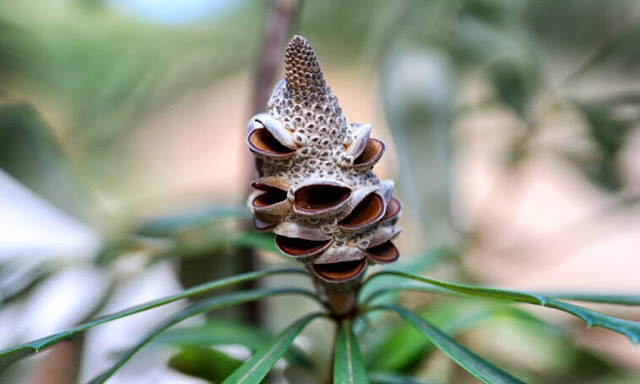The majority of our waking hours are typically spent stationed in front of various screens, whether it's the glow of a smartphone in our palm, the glare of the television before us, or the luminescence of a computer monitor.
Thus, it becomes imperative to break away from this digital enclosure and immerse ourselves in the natural world outdoors. Even a brief amble through a wooded area can replenish our spirits and fortify us for the next barrage of electronic engagement.
Undoubtedly, the benefits of connecting with nature are manifold, yet occasionally, something truly extraordinary unfolds. Perhaps we chance upon a herd of deer gracefully traversing the landscape or behold a sunset so breathtaking it leaves us momentarily breathless.
Conversely, one might encounter a narrative akin to that of Kym Beechey’s during her excursion through the Australian outback. For her, the allure of nature lies not only in its exploration but also in capturing its splendor through the lens of photography. And on a particular day, fortune smiled upon her.
As she traversed her path, Kym’s keen eye caught sight of a fledgling tawny frogmouth, a creature bearing a striking resemblance to an owl. Hastily, she retrieved her phone, endeavoring to maintain a hushed composure so as not to startle the avian visitor.
Drawing nearer, she perceived what appeared to be a smiling countenance on the creature and thus, she zoomed in for a closer look. It was at this moment that her perception shifted. The object of her fascination was not a bird at all, but rather a banksia pod—a common sight adorning the branches of banksia trees, characterized by its distinctive form.
Banksia trees are native to regions such as southwestern Australia, New Zealand, and Papua New Guinea. While not classified as conifers, their appearance often evokes comparisons to pinecones.
These pods, prone to splitting open, typically do so in the wake of nearby forest fires, dispersing their seeds. Though perhaps not the photographic subject she initially sought, the revelation remains a testament to nature's capacity for the unexpected and the remarkable.




Post a Comment